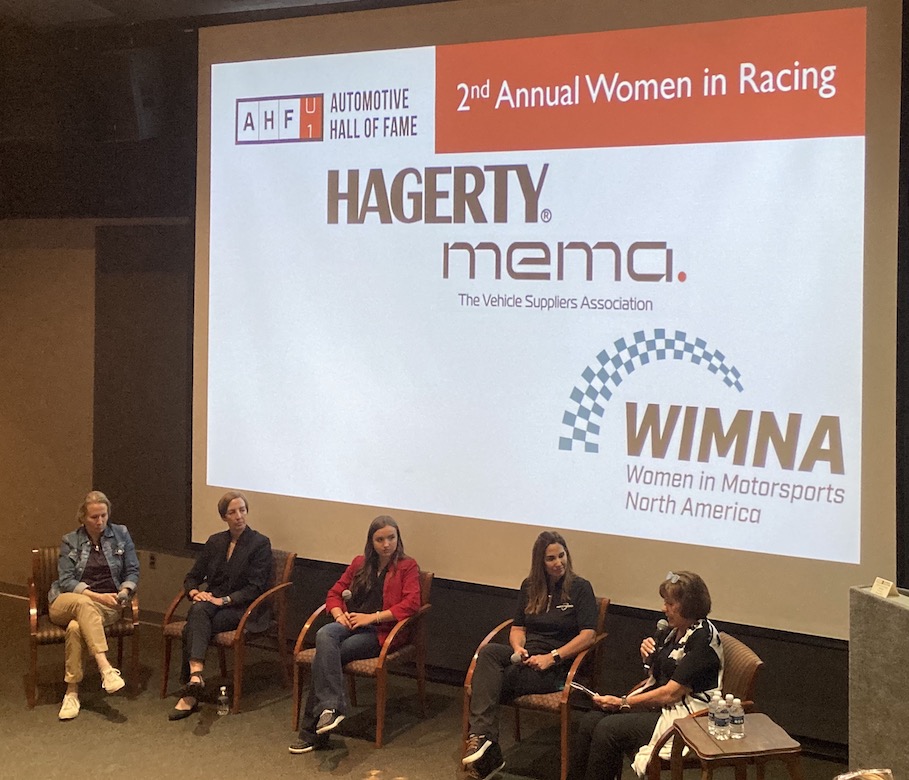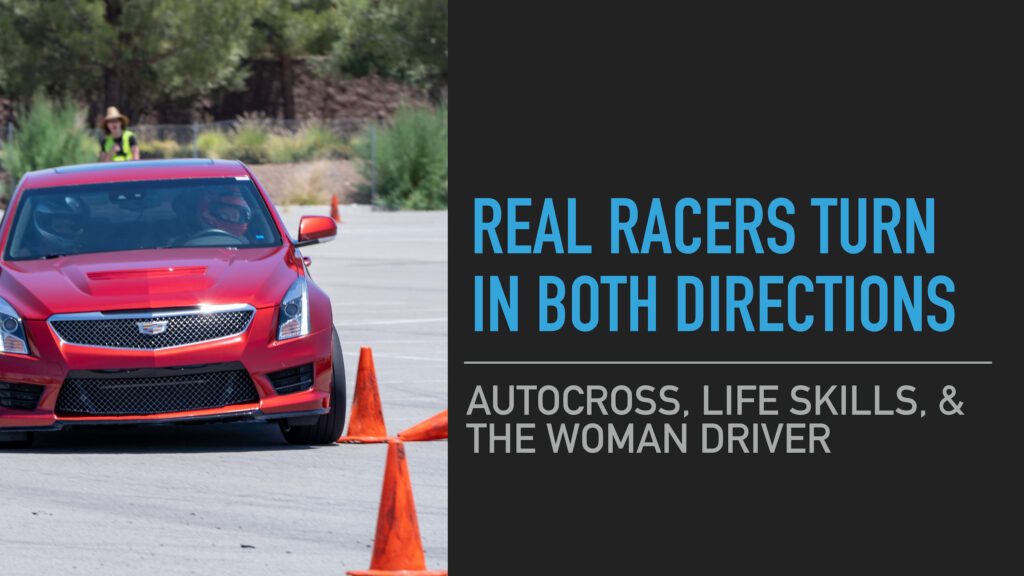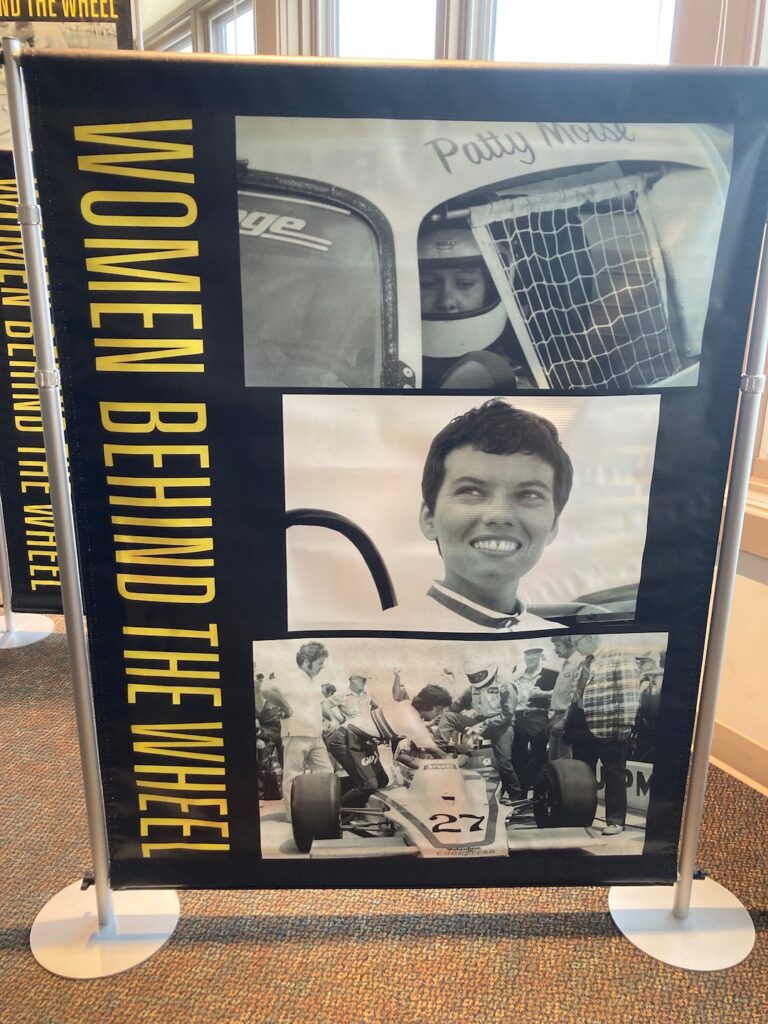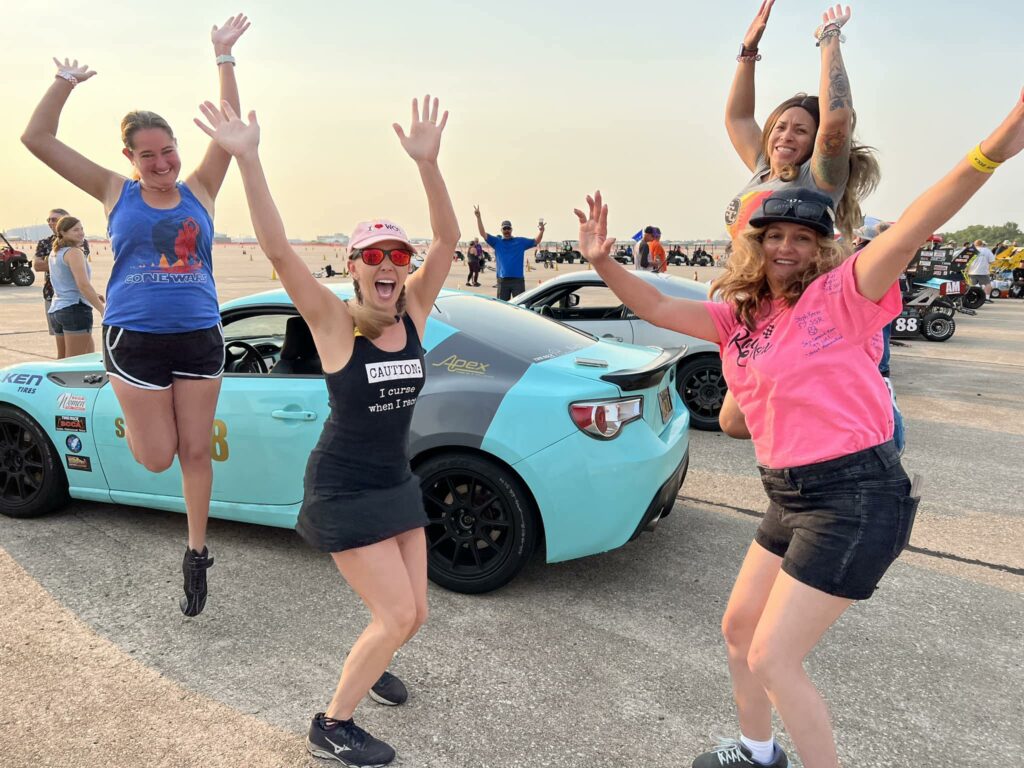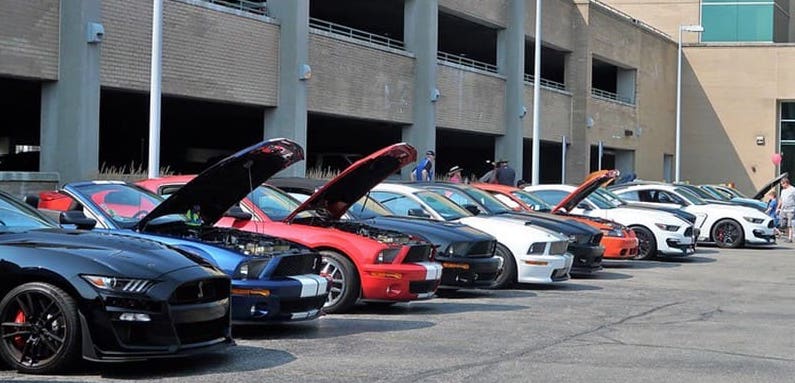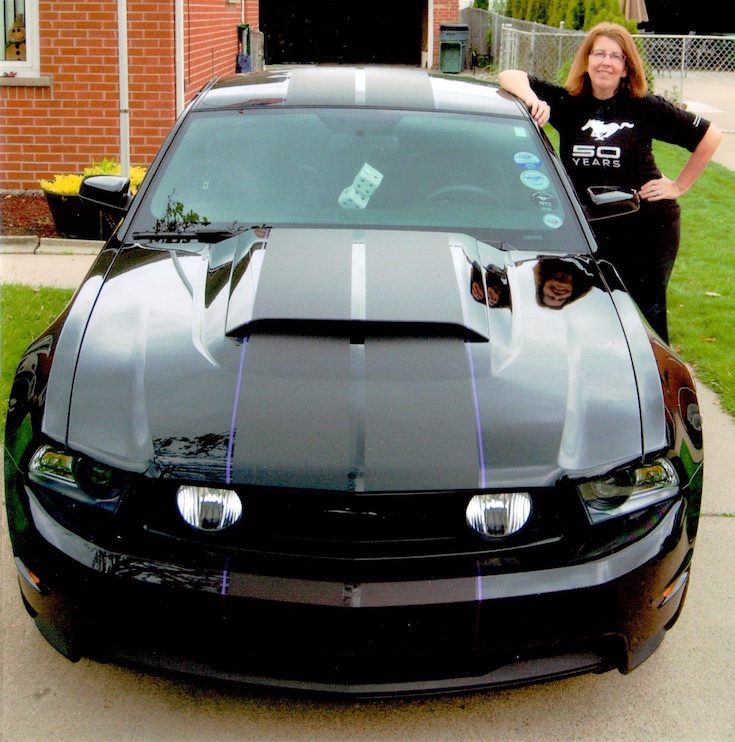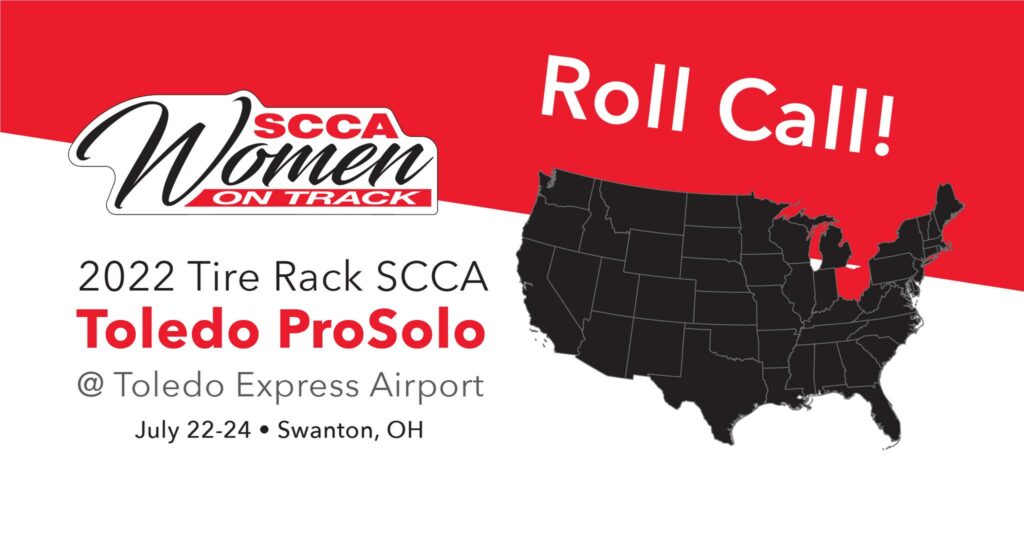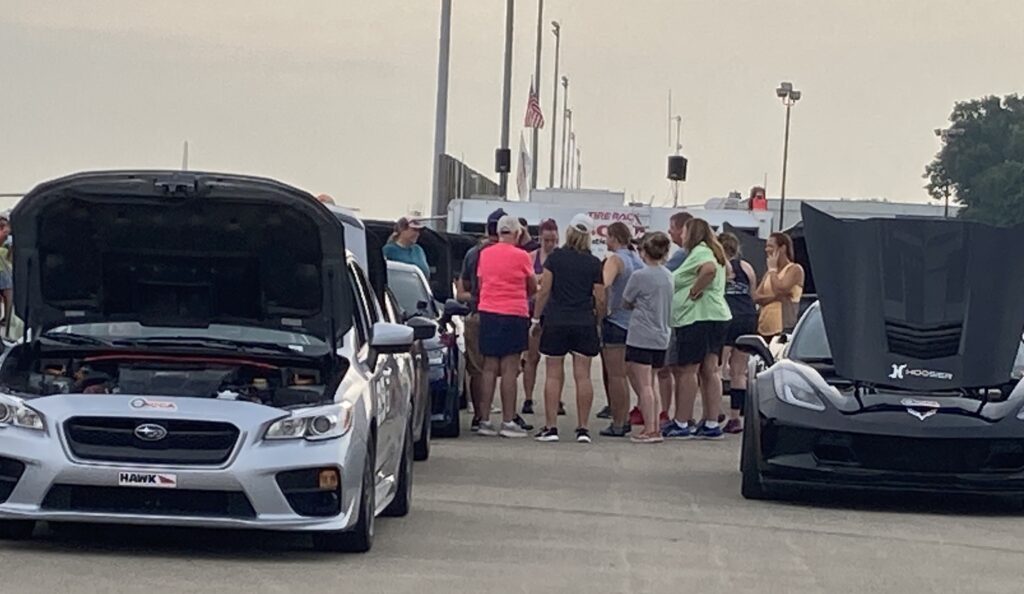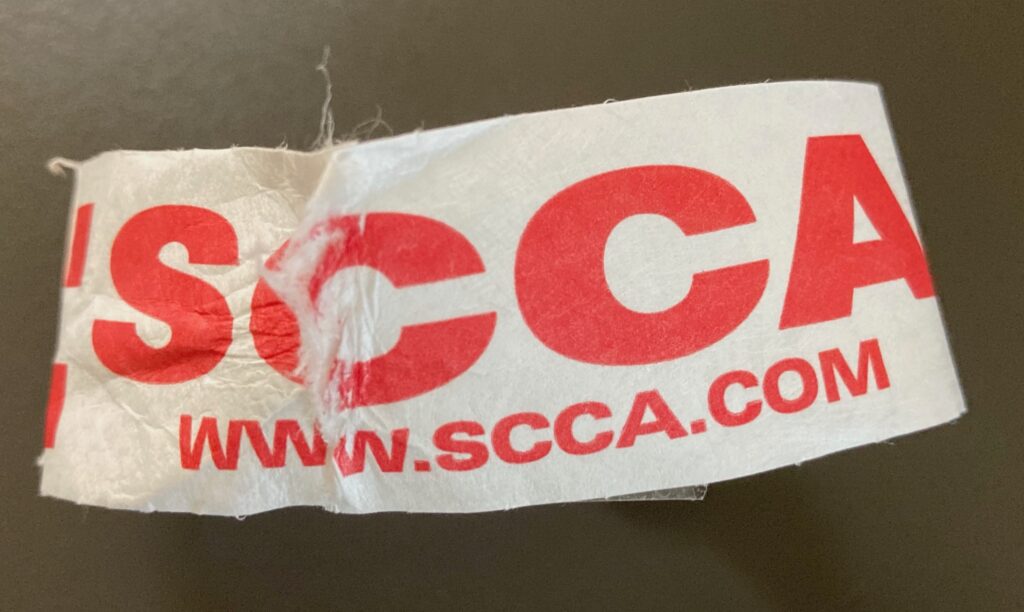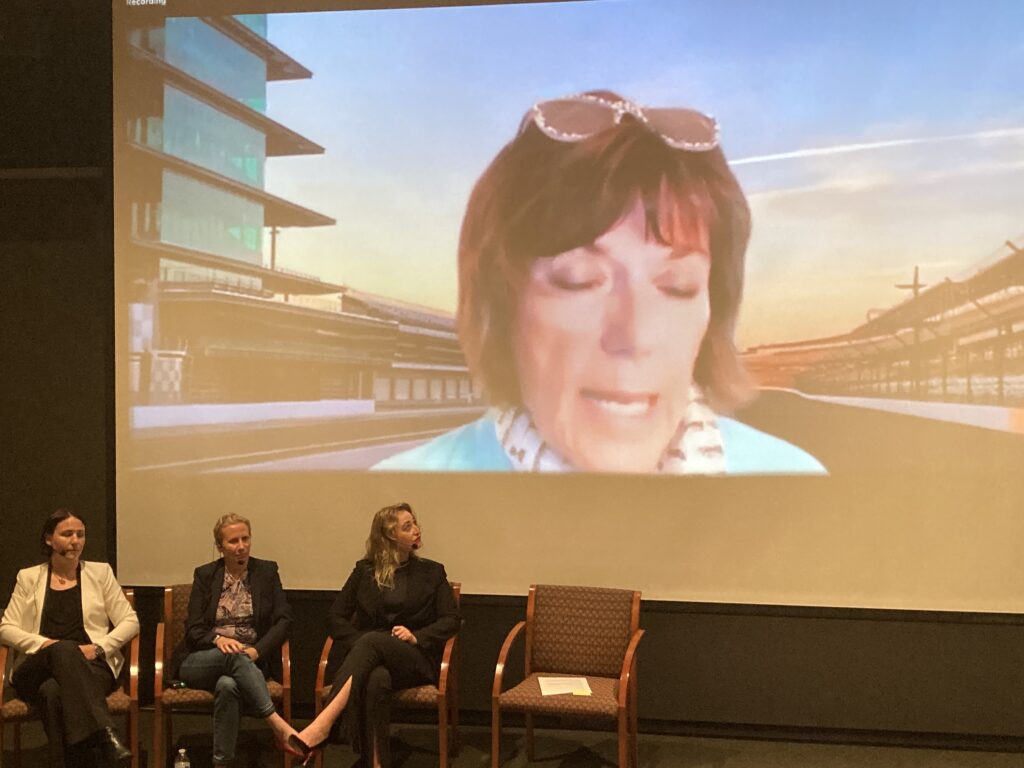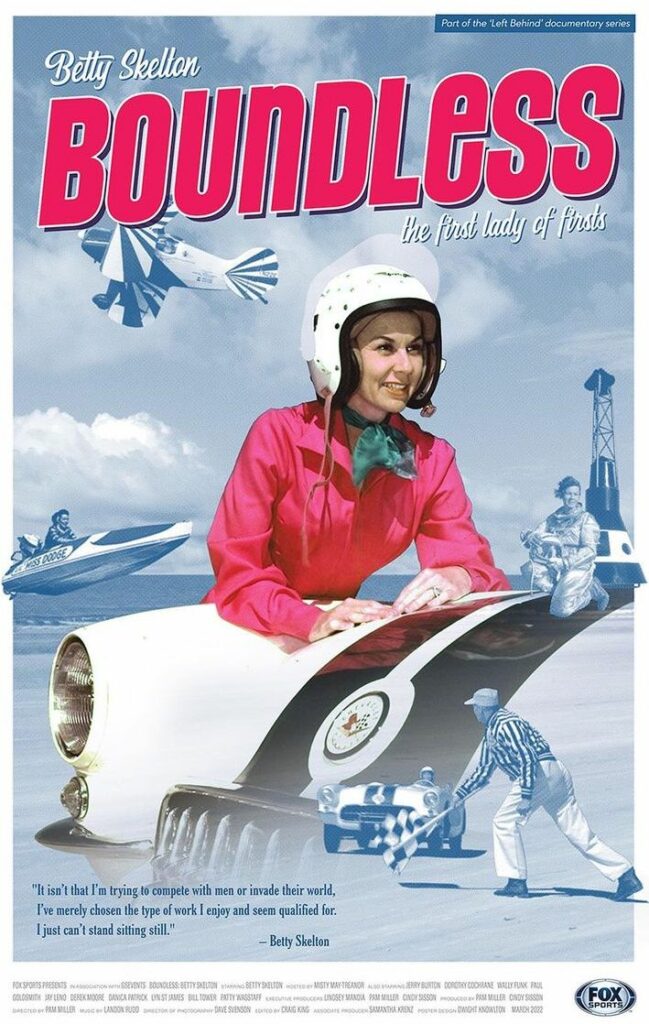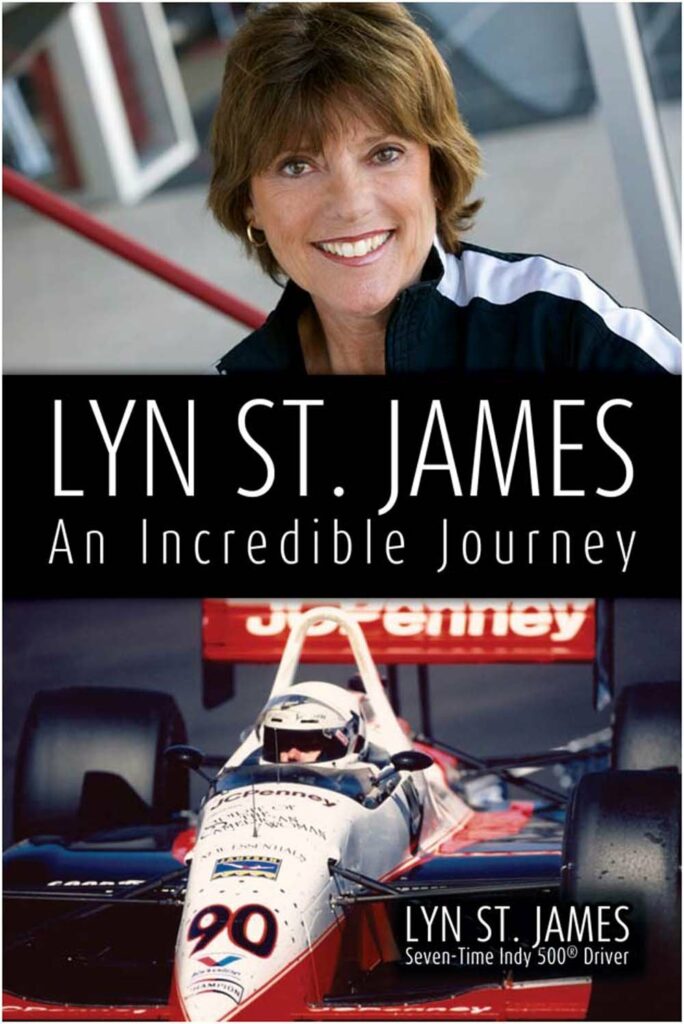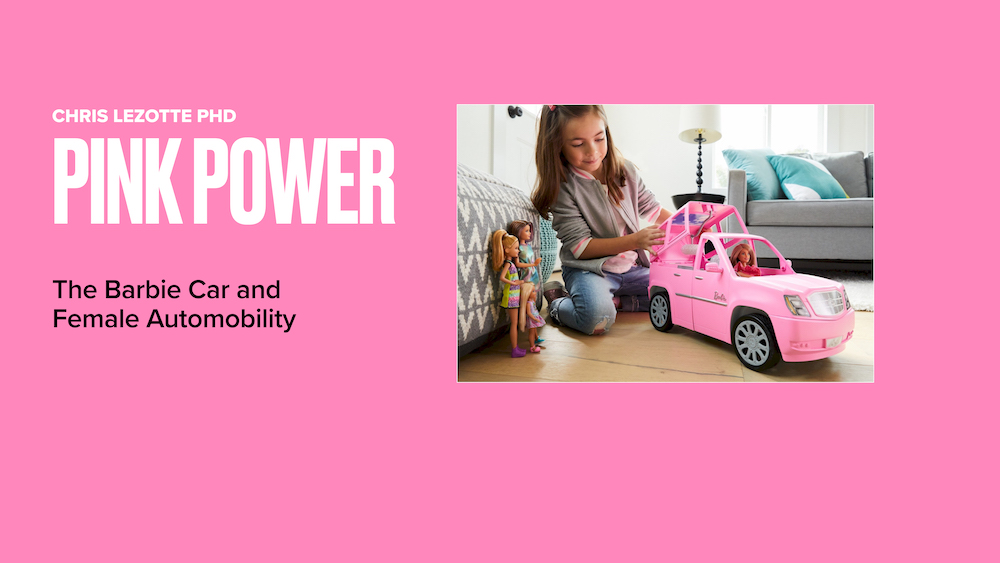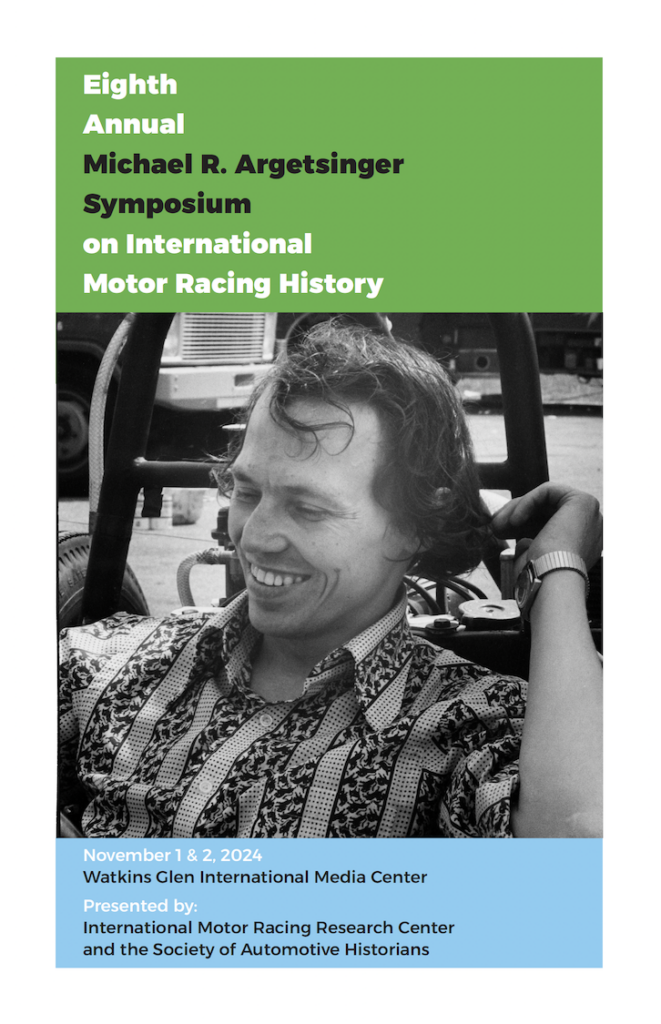
When I joined the Society of Automotive Historians a number of years ago I was one of the very few visible female members. Consequently, I wanted very much to impress upon the mostly male organization that I could be of value to the club. I took on a number of positions and tasks in order to ‘prove’ myself. I soon took on what was known as the “Bricks and Mortar” working group, with the goal of establishing a permanent home for the organization’s archives. With the help of my fellow panel members, this was achieved. The award books are now in the research stacks of the Auburn Cord Duesenberg Museum in Auburn, Indiana. And a partnership with Kettering University [formerly General Motors Institute] in Flint, Michigan resulted not only in a storage facility for the SAH archives, but also the establishment of a travel grant for student researchers and historians.

I was also put in charge of the Awards Committee. The SAH awards are the signature event of the organization. Each year awards are given out for the best automotive history books [in both English and LOE categories], publications, articles, media other than print, and student papers. Recognition is also given to museum archives and individuals whose efforts have furthered automotive history in some fashion. Each of these award categories has a panel that works all year to determine the winners. I oversee this committee by collecting and directing the nominations, prodding the award chairs to make decisions in a timely fashion, and presenting the awards at the SAH annual banquet.

Last year I was elected SAH Vice President with a whole new slew of duties. I also joined the group that helps organize one of the club’s annual conferences. The Michael Argetsinger Symposium on International Motor Racing History is held each fall at the famed Watkins Glen International Speedway in Watkins Glen, New York. To put on this symposium, the SAH partners with the IMRRC [International Motor Racing Research Center], also in Watkins Glen. This year I volunteered to physically put together the program for the upcoming event. While it was more work than I imagined, it was also a great learning experience. As I learned by editing the biographies, the folks who present at the Argetsinger are a varied and fascinating bunch. Scholars, armchair historians, former racers, students, archivists, librarians, engineers, and professors are just a few of the occupations and positions represented. The symposium format also incorporates Zoom presentations, which allows individuals from all over the globe [Britain, Australia, Italy, Spain, Germany] to participate as well.

The presentations encompass a wide variety of topics and points of view. Not only are the familiar NASCAR and Formula One racing series covered, but papers on more obscure racing venues and vehicles are also on the program. Women in motorsports, racing and nation, and motorsport journalism are discussed as well. This year, legendary racer Lyn St James will be offering what will no doubt be an inspiring keynote address. I will be presenting my paper on the history of women-only racing to a new and critical audience. Because I put together the material, I received a sneak preview to the upcoming event and am excited for what is in store. I look forward to looking and learning from this esteemed group of scholars and historians who will discuss their work and provide insight into the state of automotive history today.
For those interested in ‘attending’ the Argetsinger symposium, the two-day [November 1 & 2, 2024] event will be livestreamed and recorded. Information on access is available at the IMRRC website.
